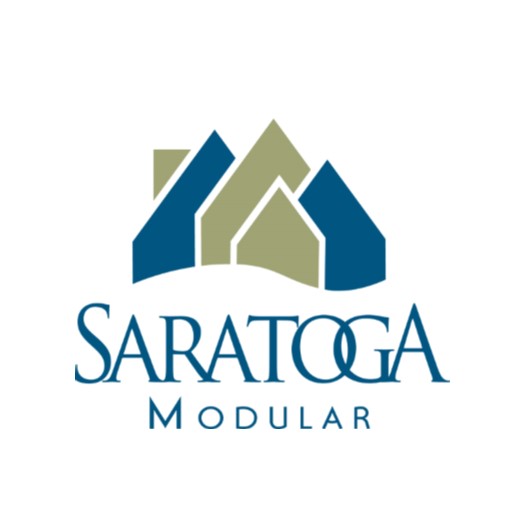Affordable Housing in Expensive Cities
Housing costs in major urban areas continue to rise, leaving many residents—particularly young professionals, retirees, and those embracing a minimalist lifestyle—struggling to find affordable living options. Micro homes, typically ranging from 150 to 400 square feet, offer a solution that is both financially and logistically feasible. These homes require significantly less land and fewer construction materials than traditional housing, reducing overall development costs.

For those living in these communities, eliminating car ownership can have a profound financial impact. A 2023 study from AAA found that owning a car costs an average of $12,000 per year, factoring in payments, insurance, fuel, and maintenance. For someone living in a micro home near reliable public transportation, that money could instead be used for savings, travel, homeownership, or other investments in their quality of life.
Additionally, developers who construct these communities near transit hubs can bypass the need for expensive parking infrastructure, which often increases the cost of traditional housing projects. Without mandatory parking spaces and garages, the cost per unit remains lower, making the homes more accessible to a wider range of buyers and renters.

.
Sustainability and Environmental Benefits
As concerns about climate change and urban sprawl grow, micro-home communities represent a sustainable alternative to traditional housing developments. With a much smaller environmental footprint, these communities contribute less to carbon emissions, both in construction and daily living. Since homes are compact and often designed with energy-efficient appliances, solar panels, and eco-friendly materials, their overall energy consumption is drastically lower than that of traditional single-family homes or even standard apartment units.
Beyond the homes themselves, the very nature of car-free communities supports sustainability efforts. With fewer vehicles on the road, urban congestion is reduced, leading to lower greenhouse gas emissions and improved air quality. The absence of sprawling parking lots also means more land can be dedicated to green spaces, walking paths, and community gardens, creating a more livable and aesthetically pleasing environment.
Increased Public Transportation Use and City Benefits
For cities struggling to maintain and expand their public transportation networks, micro home communities near transit hubs provide a much-needed boost in ridership. Higher transit use helps improve the financial stability of public transportation systems, justifying investments in expanded service routes, higher frequency of buses and trains, and improved infrastructure.
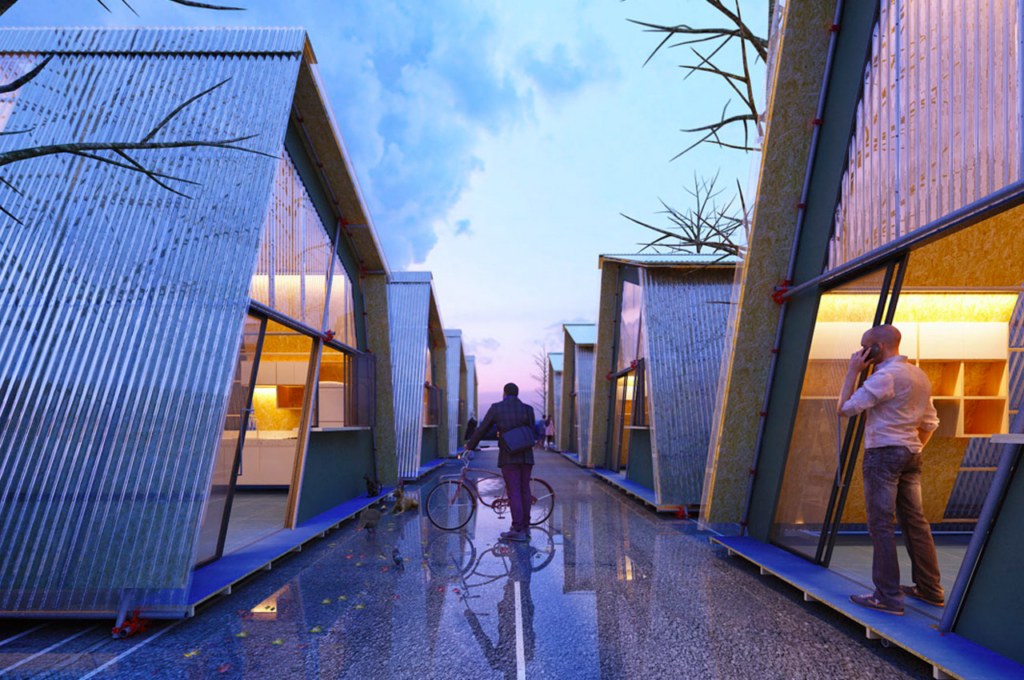
.
By concentrating residents near public transit, cities can reduce the strain on road maintenance budgets, lower the need for large-scale parking structures, and redirect funds toward other community improvements. The presence of a dense, transit-dependent population can also support local businesses, such as cafes, grocery stores, and service-oriented businesses that thrive in pedestrian-friendly neighborhoods.
Modular Construction for Faster, More Cost-Effective Development
Microhome communities could be developed far more efficiently using modular and offsite construction methods. Prefabricated homes can be built in a controlled factory environment, transported to the site, and assembled in a fraction of the time required for traditional construction. This streamlined process helps reduce labor costs, minimizes construction waste, and ensures greater quality control.

The first-of-its-kind development in central Ohio is coming soon. | Renderings via Loggerhead Creative Media
If cities were to allocate vacant or underutilized land for private developers, modular home manufacturers could scale up production and deploy entire communities within months rather than years. This model could work through public-private partnerships, where developers lease city-owned land at reduced rates in exchange for committing to affordability and sustainability standards.
Challenges and Pushbacks Facing Micro Home Communities
Zoning and Building Code Restrictions
The biggest challenge to implementing micro-home communities is that existing zoning laws and building codes were not designed to accommodate small-scale, transit-oriented housing developments. Many cities still have minimum lot size requirements, off-street parking mandates, and strict adherence to IRC codes, all of which make it difficult to construct micro-home villages legally.
One way to work around these restrictions is to build micro homes to RVIA standards rather than traditional IRC codes. RVIA-compliant homes—sometimes classified as tiny homes on wheels (THOWs)—are built to high-quality standards similar to manufactured homes and high-end RVs. This classification allows them to be placed in designated RV parks or alternative zoning areas that would not permit standard tiny homes under IRC guidelines.
However, this approach is not without its risks. Many cities restrict full-time residential use of RVIA-certified homes, arguing that they are not meant for permanent habitation. If communities are built to RVIA standards without proper legal protections, they could face zoning enforcement issues or even eviction threats from municipalities that refuse to classify them as legitimate housing options.
Resistance from Homeowners and City Officials
Even when a site is identified, developers may encounter resistance from homeowners and city officials who fear that micro home communities will negatively impact their neighborhoods. Some local residents worry that introducing ultra-compact housing will lower property values or bring in transient populations with high turnover rates. Others raise concerns about whether these communities will strain local resources, such as schools, emergency services, and public utilities.
City officials may be hesitant to approve these projects because of outdated regulations, concerns about political backlash, or opposition from large-scale developers who benefit from maintaining the status quo. Without strong advocacy and clear evidence of the benefits these communities provide, they may struggle to gain approval.
Financing Challenges for Buyers
Traditional mortgage lenders are often reluctant to finance homes under 400 square feet, particularly if they are built to RVIA standards rather than IRC building codes. Without conventional financing options, potential buyers may be forced to rely on personal loans, high-interest alternative financing, or lease-to-own agreements—which can make homeownership less attainable for some.
Developers and modular home manufacturers could address this by offering in-house financing programs, micro-mortgages, or lease-to-own models, making these homes more accessible to a wider range of buyers. If micro home communities gain mainstream acceptance, it is possible that more lenders will begin to offer tailored financing options
The Future of Micro Home Communities
The success of car-free micro home communities will ultimately depend on regulatory flexibility, developer commitment, and public acceptance. Cities that are willing to revise zoning laws, embrace modular construction, and allocate underutilized land can create a model for affordable, transit-friendly housing that aligns with sustainability and urban planning goals.
For private investors and modular home manufacturers, the opportunity lies in offering high-quality, cost-effective housing that meets the needs of an emerging market of car-free urban dwellers. If structured properly, these communities could provide affordable, eco-friendly, and socially connected living spaces that reshape the way people think about urban housing.
The need for alternatives to high-priced urban housing is undeniable—the real question is whether city leaders, developers, and the public are ready to embrace the change.
Gary Fleisher, The Modcoach, writes about the modular and offsite construction industry at Modular Home Source.
.
CLICK HERE to read the latest edition
Contact Gary Fleisher






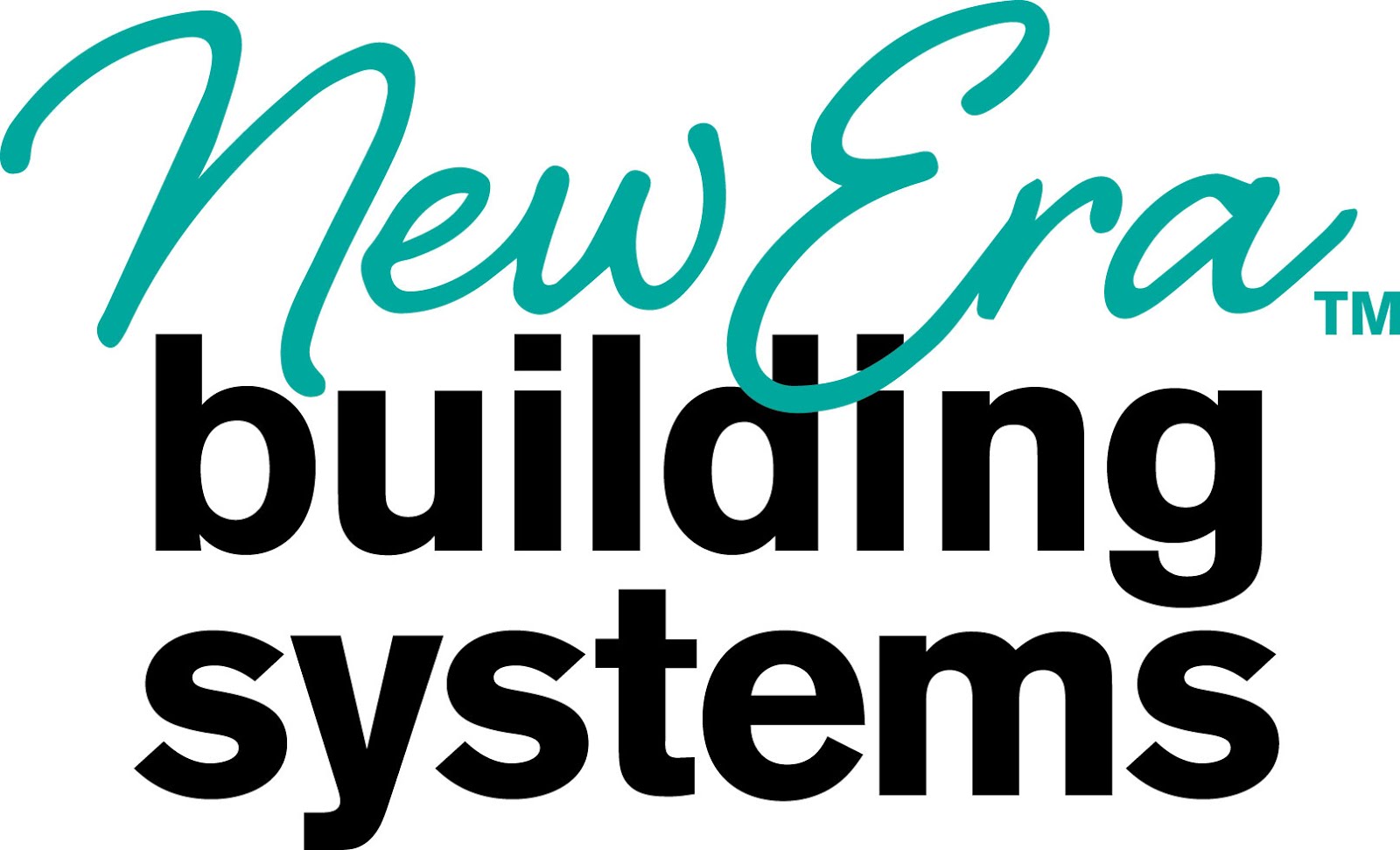

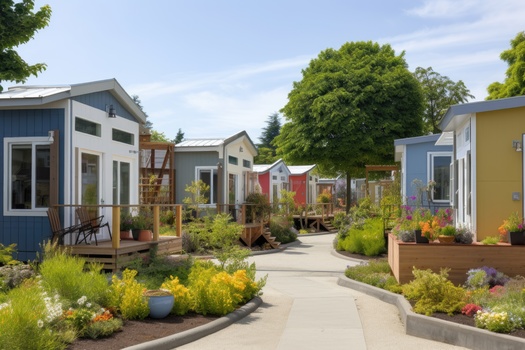

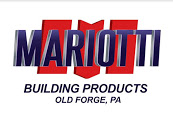

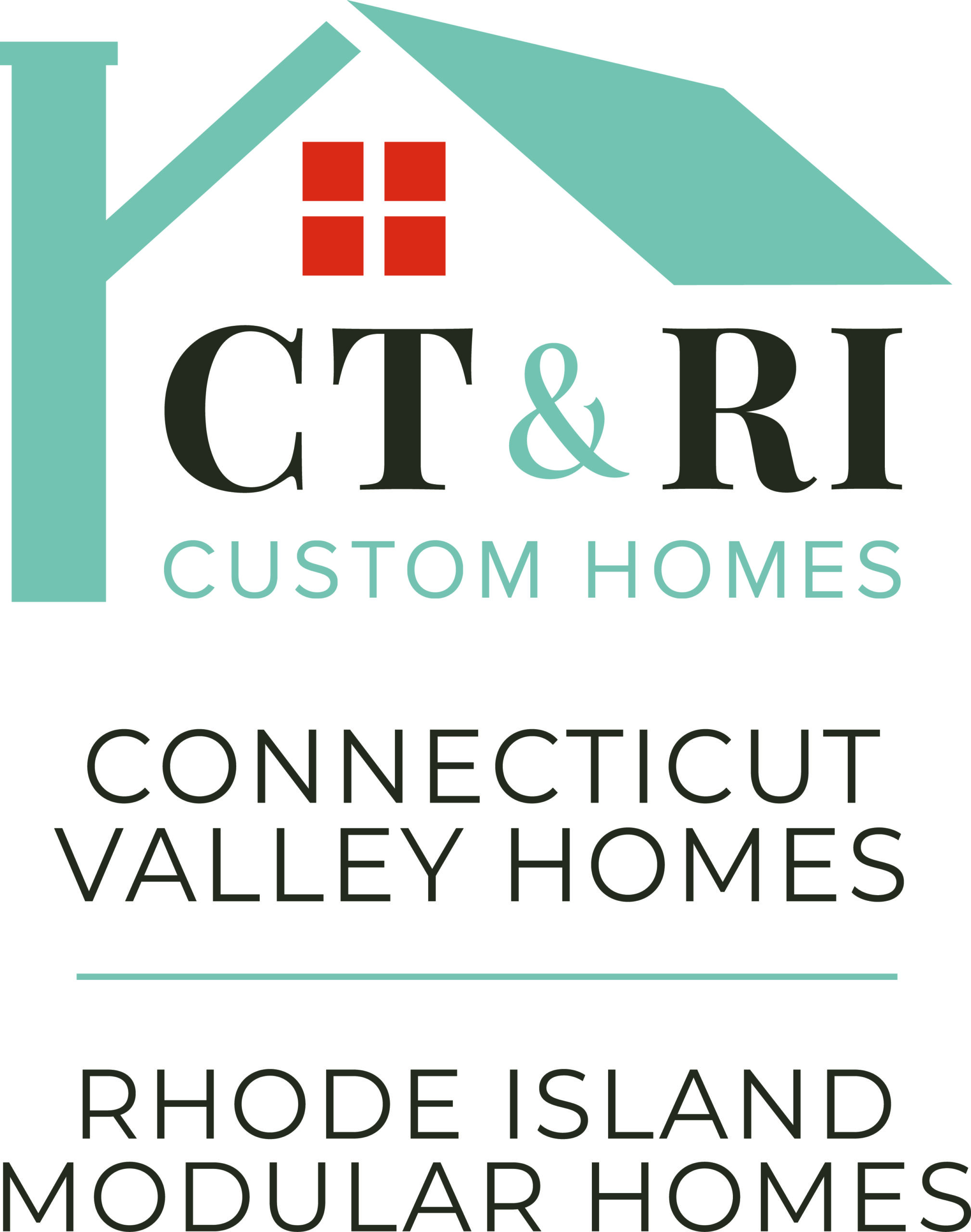
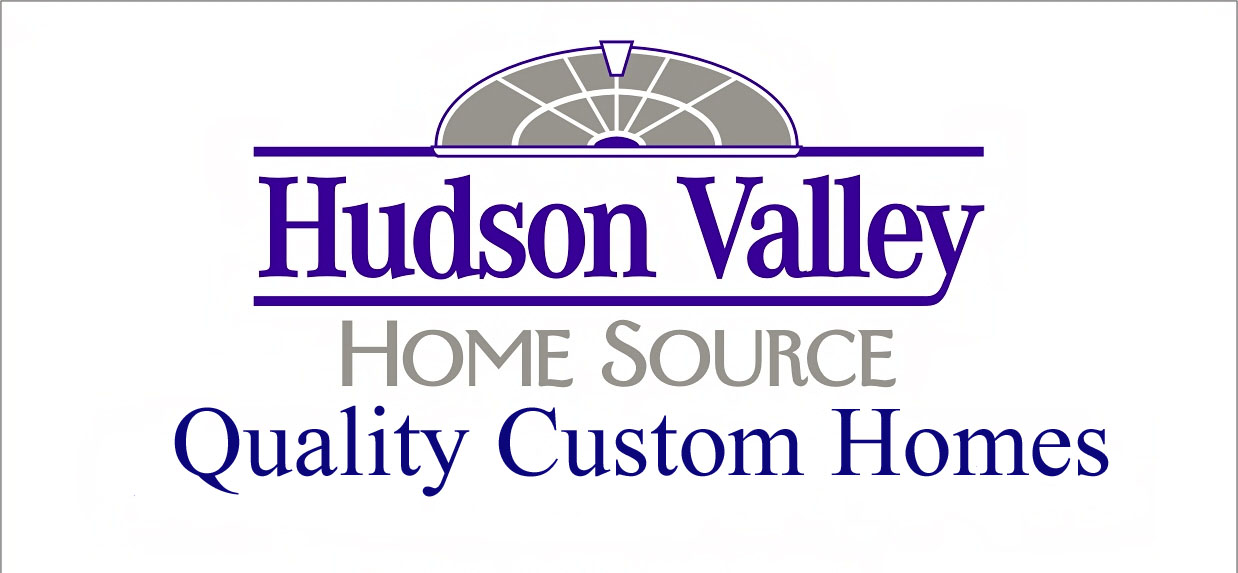 Hudson Valley Homes
Hudson Valley Homes